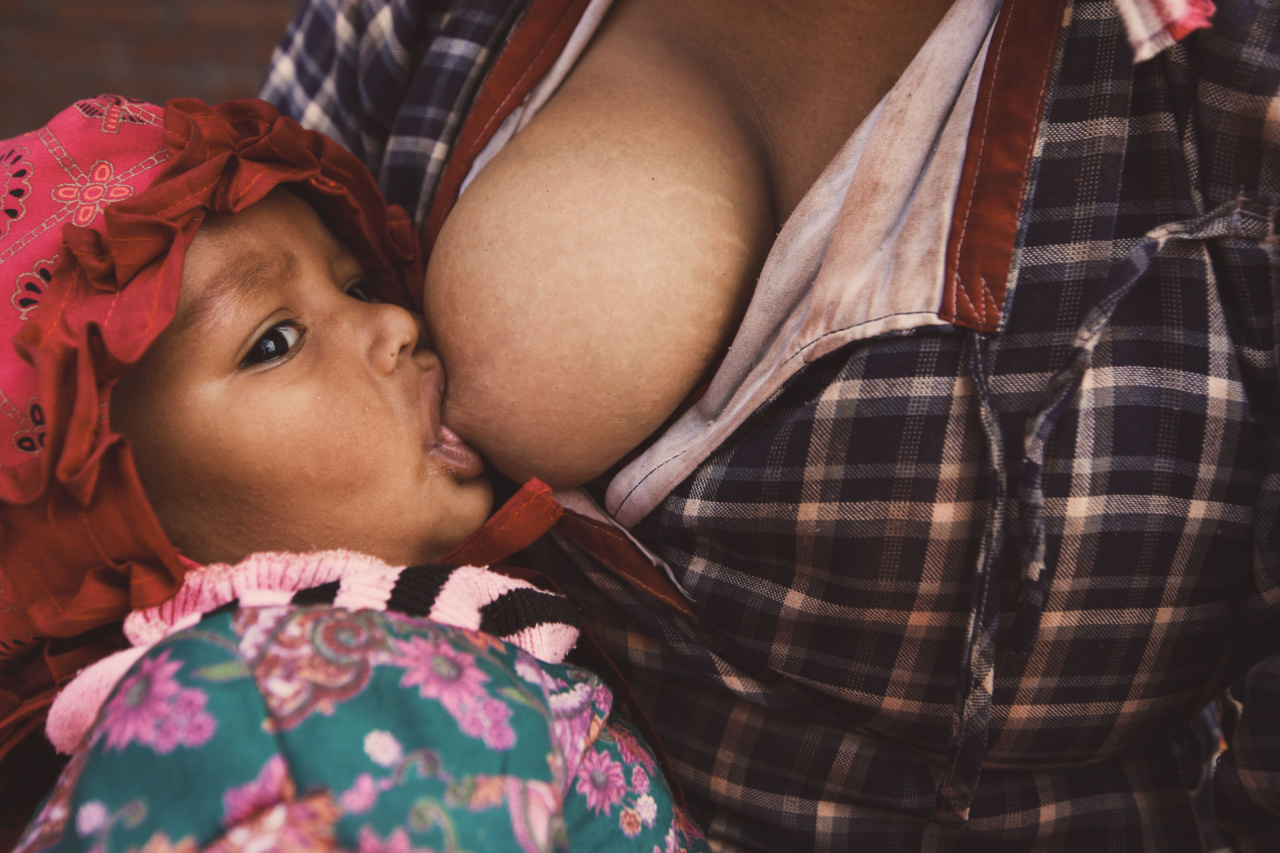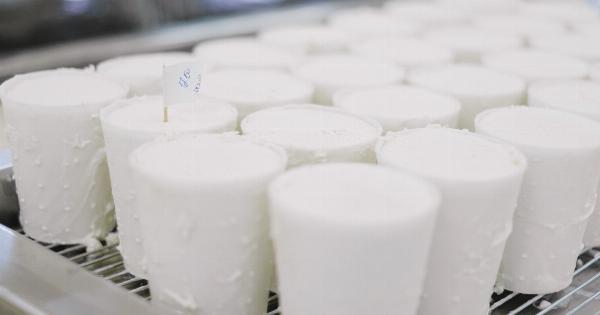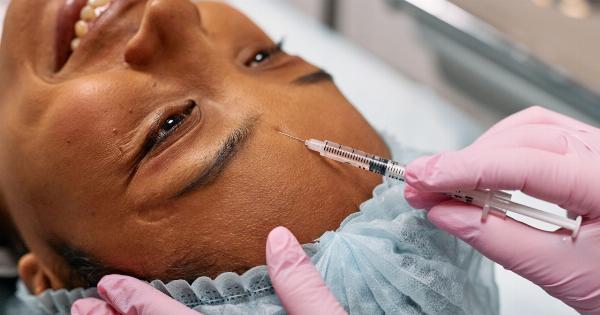Breast implants have become increasingly popular in recent years, with many women opting for this cosmetic surgery procedure to enhance or restore the shape and size of their breasts.
However, for women who are planning to have children or are already mothers, a common concern is whether breastfeeding is possible after breast implants. This article aims to explore this topic and provide accurate information for women facing this dilemma.
Understanding Breast Implants
Before delving into the question of breastfeeding after breast implants, it is essential to understand the two primary types of breast implants – silicone and saline.
Silicone implants: Silicone implants consist of a silicone shell filled with a cohesive silicone gel. They are known for providing a more natural look and feel.
Saline implants: Saline implants are composed of a silicone shell filled with sterilized saltwater (saline solution). These implants can be adjusted in size during surgery to achieve the desired volume.
The Placement of Breast Implants
Another crucial aspect to consider is the placement of breast implants, which can be either subglandular or submuscular.
Subglandular placement: In this placement, the implants are positioned behind the breast tissue but in front of the chest muscle.
Submuscular placement: In this placement, the implants are positioned partially or entirely behind the chest muscle.
Pregnancy and Breast Changes
During pregnancy, a woman’s body goes through various changes to prepare for breastfeeding. Hormonal fluctuations stimulate the mammary glands, resulting in increased blood flow and breast enlargement.
These physiological changes are independent of the presence of breast implants.
Factors Affecting Breastfeeding After Breast Implants
Several factors can influence the potential for breastfeeding success after breast augmentation surgery:.
1. Incision Placement
The incision site for breast augmentation can be made in different locations, such as the inframammary fold (crease beneath the breast), periareolar (around the areola), or transaxillary (in the armpit).
The periareolar incision may have a slightly higher risk of interfering with milk ducts and subsequently reducing milk supply.
2. Nipple Sensitivity
Patients with breast implants may experience temporary or permanent changes in nipple sensation. Nipple sensitivity is crucial for successful breastfeeding, as it allows the mother to respond appropriately to her baby’s suckling cues.
If nipple sensitivity is decreased, it might impact the let-down reflex.
3. Implant Placement
The placement of breast implants can affect a woman’s ability to breastfeed. Subglandular implants have a higher chance of interfering with milk production and delivery, as they are situated between the mammary gland and the milk ducts.
On the other hand, submuscular placement is less likely to pose significant difficulties for breastfeeding, as the implants are situated behind the chest muscle.
4. Breast Surgery Techniques
The surgical technique used for breast augmentation can also play a role in breastfeeding success. If the surgeon inadvertently damages the milk ducts or nerves during surgery, it can hinder milk supply and cause difficulty in breastfeeding.
Consultation with a Plastic Surgeon
Given the potential impact of breast implants on breastfeeding, it is crucial to discuss your desire to breastfeed with your plastic surgeon during the initial consultation.
An experienced plastic surgeon can provide valuable insights based on your unique situation and guide you towards the most appropriate implant type, size, and placement to minimize any potential hindrances to breastfeeding.
Common Breastfeeding Concerns
While the presence of breast implants may pose some challenges to breastfeeding, it is important to note that many women with implants successfully breastfeed their babies. However, it is essential to address some common concerns that women may have:.
1. Milk Supply
One of the primary concerns is whether breast implants impact milk supply. Most studies suggest that breast implants do not significantly affect milk production if the implants have been placed correctly.
2. Milk Composition
Another concern is whether the composition of breast milk is altered in women with implants. However, research has not indicated any significant difference in the composition of breast milk from women with or without breast implants.
3. Leaking or Rupture
There is no evidence to suggest that breastfeeding can cause leakage or rupture of breast implants. The silicone or saline material used in implants is safe and does not pose any risk to the baby.
4. Breastfeeding Position
Experimenting with different breastfeeding positions can help both the mother and baby find a comfortable and effective latch.
Some mothers may find certain positions more suitable due to the presence of implants and potential changes in nipple sensitivity.
Conclusion
In conclusion, while breastfeeding after breast augmentation surgery is possible, success may depend on various factors such as incision placement, implant type and placement, nipple sensitivity, and surgical technique.
It is vital for women considering breast implants to have an open conversation with their plastic surgeon about their desire to breastfeed. This will ensure that the surgical plan takes into account their long-term breastfeeding goals, helping them make an informed decision.
























